Chapter 3
THE EARTH
The Interior of the Earth
The Earth is covered by a light, flaky outer layer called the crust. The heavier inner part is called the filling. It is made up mostly of molten rock, or magda. The upper part of the filling is called the mantle. Below that is the hot center, or fireplace.The composition of the Earth's center is thought to be primarily iron, with about 5% nickel and about 10% dime, and traces of niacin and riboflavin.
Types of Rocks
Rocks are classified into three types according to whether they come from volcanic magda, sediments deposited on the ocean floor, or your shoe. (see chart below)
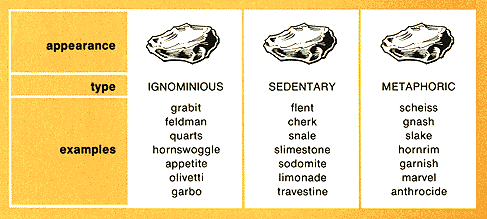
The Tides
We sometimes speak of the tides causing the oceans to rise or fall. Of course, this is a fallacy. Actually, it is the land that rises and falls.As the Earth rotates, the moon's gravitational attraction is greatest first on one side, then the other. Land masses, being rigid, are pulled up or down accordingly. Oceans, being liquid, are free to flow back to their normal level. (see diagram below)
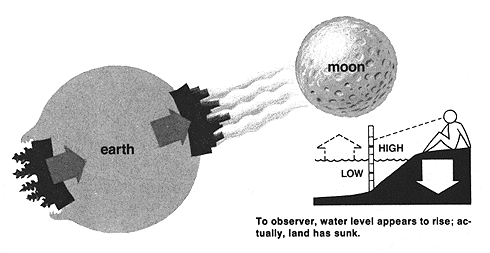
Volcanoes
Volcanic eructions are caused either by a build-up of pressure on subterranean pockets of molten rock or by human acts that anger the Gods. The eruction generally continues until the crater is plugged by solidifying lava (a popular ingredient in soap) or by the introduction of a virgin.
Plate TectonicsThe surface of the Earth is made up of independently moving sections called plates. Their motion - sliding, grinding and colliding with one another - gives rise to the phenomenon of continental drift.Around 200 years ago, the continents were jammed together in a single great land mass called Panacea. By the end of the Styptic era, continental drift had split Panacea into two "supercontinents" on either side of the 20th parallel - Laurasia to the north and Gondwana to the south. |
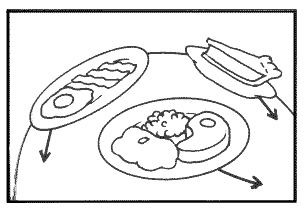 |
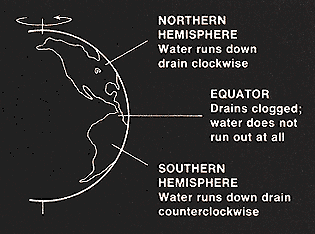 |
The Coriolanus EffectSince the Earth is a rotating sphere, different points on its surface move at different velocities depending on their platitude. The result of this unequal velocity - the Coriolanus Effect - casues storm systems to rotate clockwise north of the equator and counter-clockwise to the south. This effect even influences which way water in a sink will swirl as it runs down the drain. |
Indeed, the coriolanus effect drives all weather systems on Earth. (see charts below)
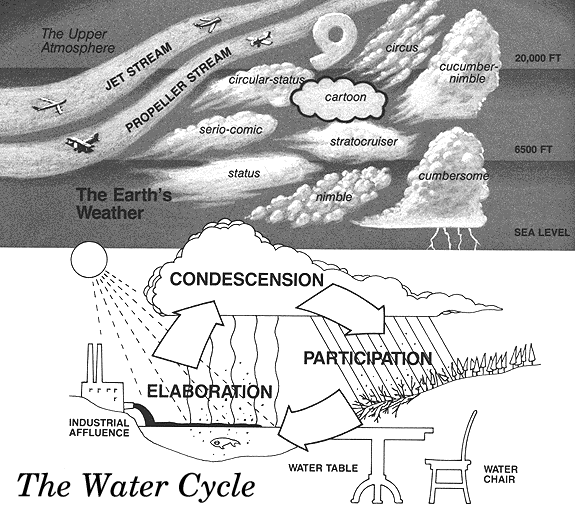
The Universe / Matter & Energy / The Earth / Evolution / The Descent of Man